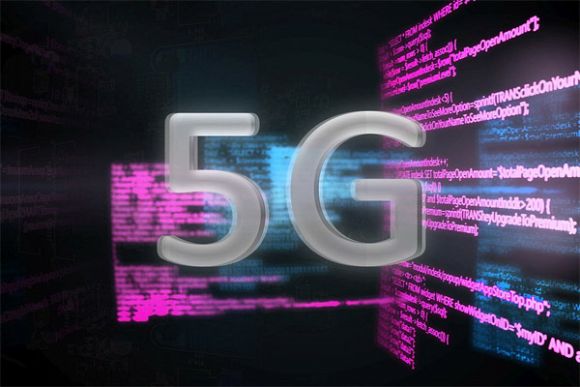New mobile technology allowing increased connectivity among phones is about to revolutionize the market, writes Paul Budde.
APPROXIMATELY a decade ago, I wrote an article with a headline like this, however with the proviso that the mobile operators at that time would fight tooth and nail against its introduction.
An eSIM is a form of programmable SIM card that is embedded directly into a device instead of a physical SIM that is slotted into a small tray into the mobile device. With an eSIM, the software is installed onto one of the chips in the device, providing seamless connectivity.
As it is programmable, you can have more services onto the chip and that was, of course, a key reason for the telcos to use their powers to stop eSIMs from being built into mobile phones.
Over the last few years, many new mobile phones now already have an eSIM option available on their phone and in particular, international travelers are already using them, especially in Europe. However, all of these phones still also have a slot for the physical SIM card and most of the new phones still largely use the physical SIM card.
However, things are set to change in the coming years. It was Apple all those years ago who was the first who started talking about eSIMs and it is again Apple who is now making a big splash into this market as they will drop the physical SIM card altogether in their new iPhone 14, making it an eSIM only phone — for the time being only in the US market. In other countries, the model will still have the tray and the eSIM.
This will most certainly fuel the use of eSIMs across the industry.
What I predicted a decade ago still stands. Once eSIMs become more widespread, you will see a radical change in mobile phone competition. Companies will start promoting their own eSIM services. For example, if you shop at a certain shop or shopping center, using their eSIM will allow you to make free calls, get special offers or use free data.
Going to a festival or football match, the venue will provide you with eSIM services and so on.
Telcos will start promoting their services by offering free calls and data. Others will offer lower rates at certain times of the day and so on.
It will be interesting to see if the eSIM will also have an effect on 5G broadband. Potentially, eSIM providers could specifically target this market and increase competition with the NBN.

By making mobile phones more digital, a range of new innovative services will be unleashed on the market and competition will be greatly enhanced.
Time and time again when I get interviewed after yet another mobile price increase, I mention that people who have problems with those increases should shop around for better offers. However, many people – especially the elderly – are conservative in their use and are reluctant to change providers. In those situations, users will have to be proactive and have to do the hard work to shop around for better services.
With eSIMS, that will change as the market will start pushing new services and this will make it far easier for people to change and get a service that suits their specific needs.
While the changeover to eSIMS will take a few years, with the Apple push I expect to see this market finally ramp up and as more eSIM services are becoming available, large parts of the market will rather rapidly change over to these new services.
As mentioned a decade ago, there was a big pushback from the telcos. While many have now indicated that they are eSIM ready, at the same time they will face more competition and it will be interesting to see how they will handle this changeover.
Paul Budde is an Independent Australia columnist and managing director of Paul Budde Consulting, an independent telecommunications research and consultancy organization. You can follow Paul on Twitter @PaulBudde.
Support independent journalism Subscribe to IA.


.